By: Noel Paine
Ray Zahab, if you are not already aware of this inspiring Canadian ultramarathoner is someone who went from a ‘pack a day smoker’ to ultra runner in 2006. He found a love for running and running long.
A run across the Sahara desert really kicked things off and Ray has not looked back since. He has run all Canada’s coastal trails back to back, and in 2007 ran across Canada visiting schools – something that would inspire him a year later to found his organization impossible2Possible that aims to inspire and educate youth through adventure learning, inclusion and participation in expeditions. The expeditions have taken Ray and his young runners to Baffin Island, Tunisia, the Amazon, Bolivia, India, Botswana, Utah, Peru, Chile, Italy, California, Greece, Death Valley and Canada. The programs and expeditions are 100% free of cost.
And it does not stop there – Ray continues to run in amazing places and shares with the world, youth and schools. He has run to the South Pole, in Siberia, in the Atacama Desert (the driest desert on Earth), Death Valley (one of the hottest places in the world), the Gobi desert, Baffin Island and most recently Ray and a friend ran through Namibia.
Beginning mid-January 2018, Ray teamed up with Stefano Gregoretti (another ultra runner) to run the length of Namibia, crossing the Namib Desert.
We caught up with Ray to ask him about the adventure.
iRun: So in a snapshot, what went on?
Ray Zahab: Over the course of a little over a month, Stefano Gregoretti and I ran across Namibia and the Namib Desert! We started close to the South African border, and finished about 50km south of the Angolan border, near the community of Etoto. Our goal was to share the expedition with classrooms and students, essentially bringing them out there with us, virtually, using satellite technology.
iRun: So what was the route across the desert and the run like?
Ray Zahab: Our route was not the most direct route across Namibia, but it included many diverse areas, and that was our goal! After two years of planning and preparation, our original route had us running about 2,200km through different ecological zones, from inland desert, savannah, canyons, coastal desert and forests. Within the first few days, Stefano and I learned what the Namib Desert and our expedition would become on a day to day basis….unpredictable! The first few days were intensely hot, like 45-50c hot.
Although the terrain was more difficult, and the navigation sometimes tricky- it was well worth it. Our goal was to run 60km per day, and most days we got pretty close to that, but the gnarly terrain, intense heat, winds and elevation sometimes made that goal very difficult. But as difficult as the sand, rocks and acacia thorns could be, the reward of seeing and experiencing some of the most incredible wilderness along with wildlife I have ever explored made it more than worth it!
iRun: So I know you are always planning another adventure or expedition – what is next?
Ray Zahab: In summer 2018 I will be shooting for a 3rd crossing of Death Valley National Park, this time with Will Laughlin, a US based adventurer. We did the first off-road crossing of the national park together in 2011, a distance of about 250km in the hottest place on Earth!
The winter of 2019 will be an unsupported and self-contained crossing of Kamchatka Peninsula in Russia, east of Siberia.
Ray jokingly says he got bored one day and calculated that he has run over 14,000km across the worlds deserts on expeditions, not including multiple other projects up in the Canadian Arctic!
Ray has also found the time to write two books about his life and adventures. Running for My Life published in 2007and Ray’s second book, geared at youth readers, Running to Extremes, which recently became a National Best-Seller in Canada. He lives in Chelsea, Quebec with his family and is currently writing his third book.
To find out more about Ray Zahab check out www.rayzahab.com or follow him on Twitter.
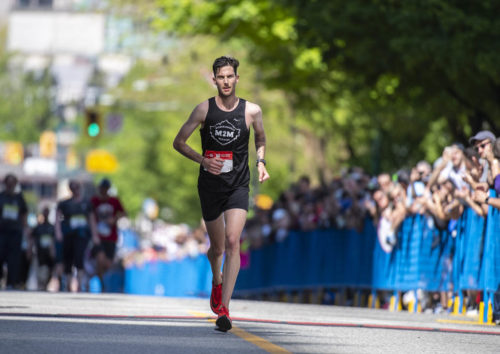
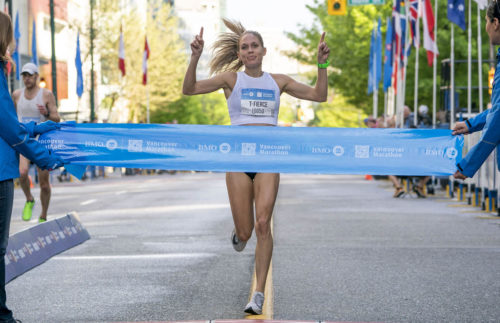
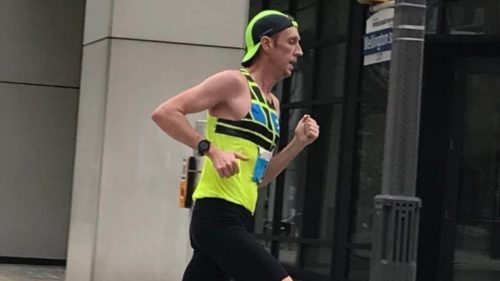





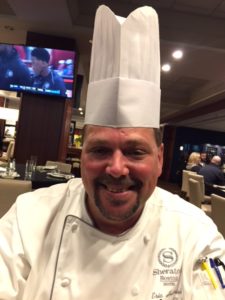

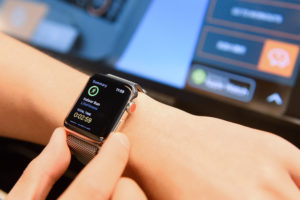




 Current Issue
Current Issue Previous Issue
Previous Issue Prior Release
Prior Release
